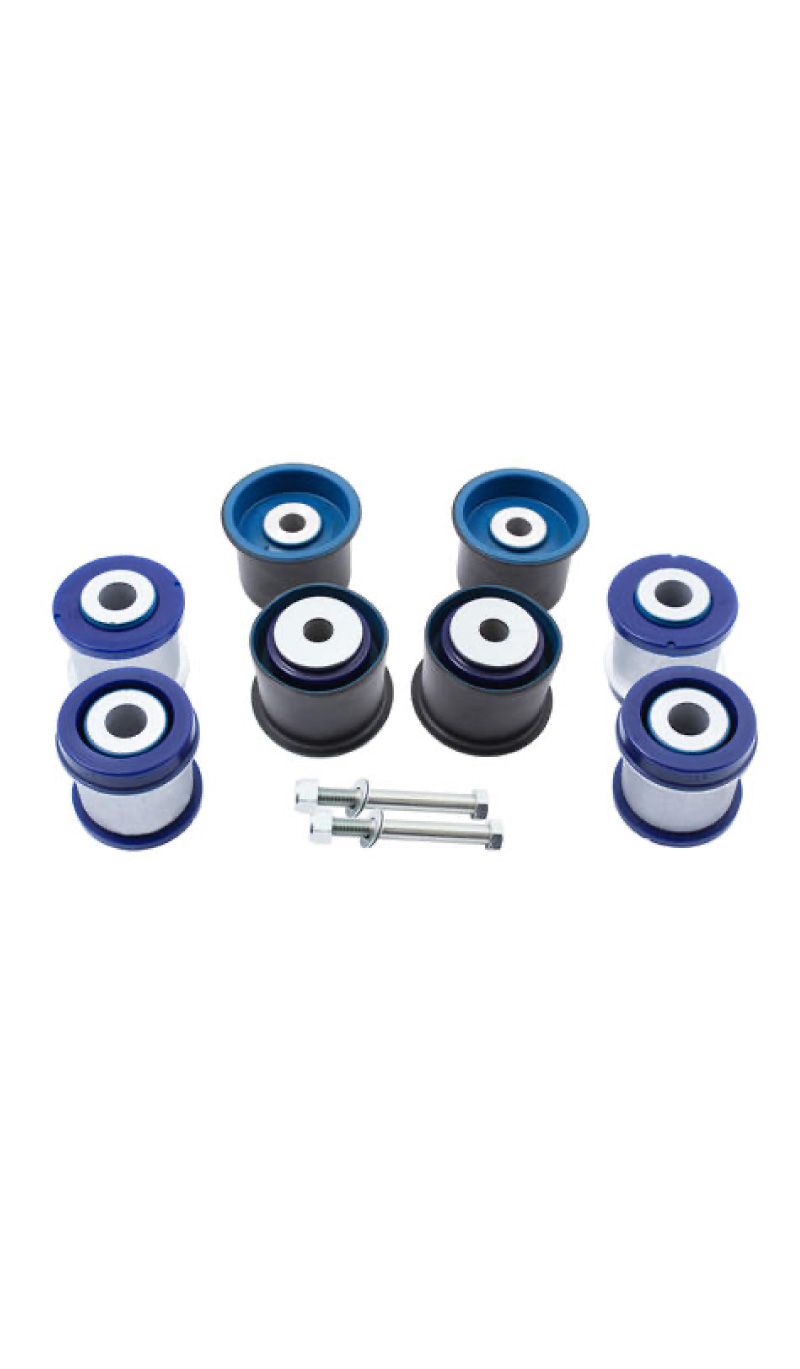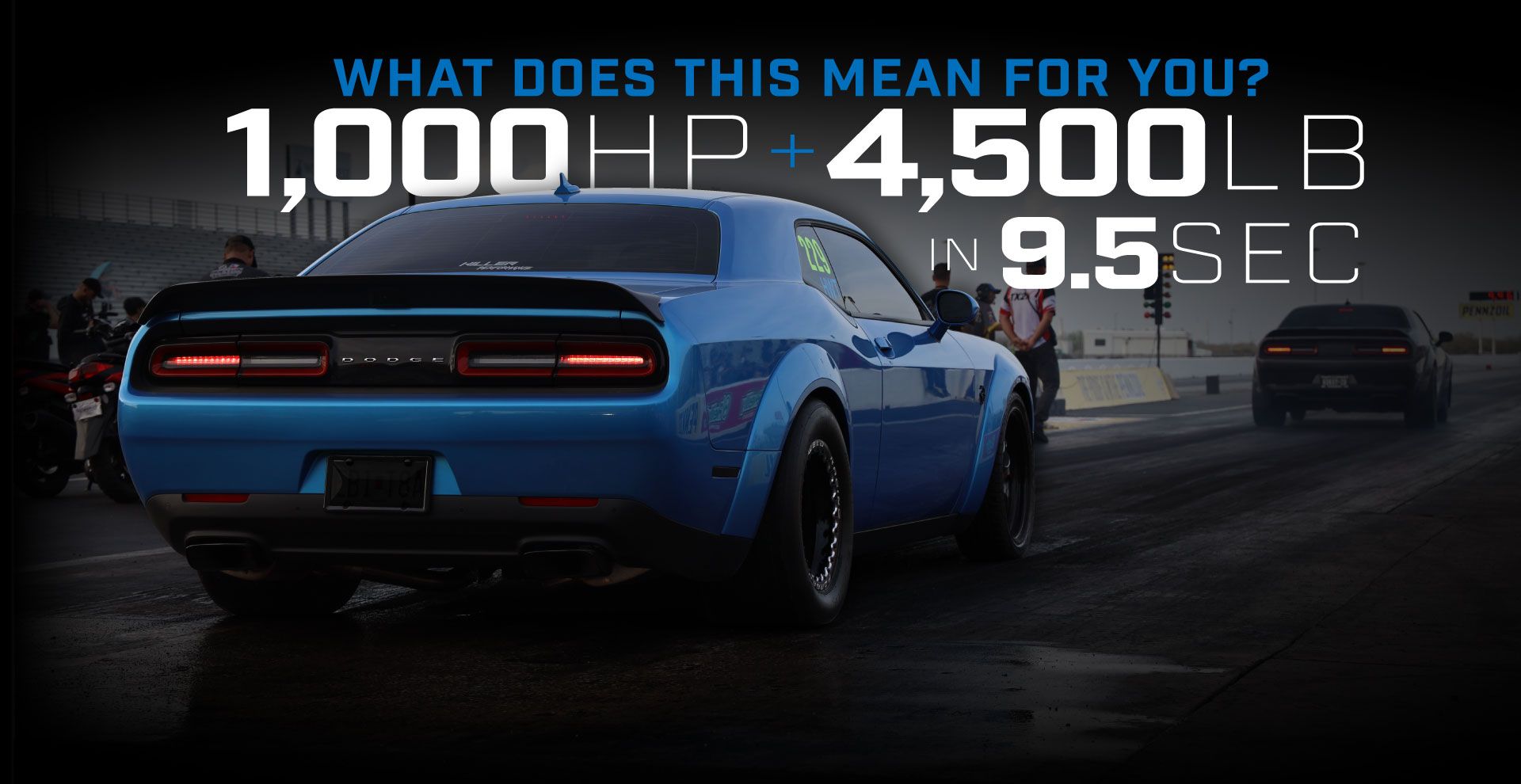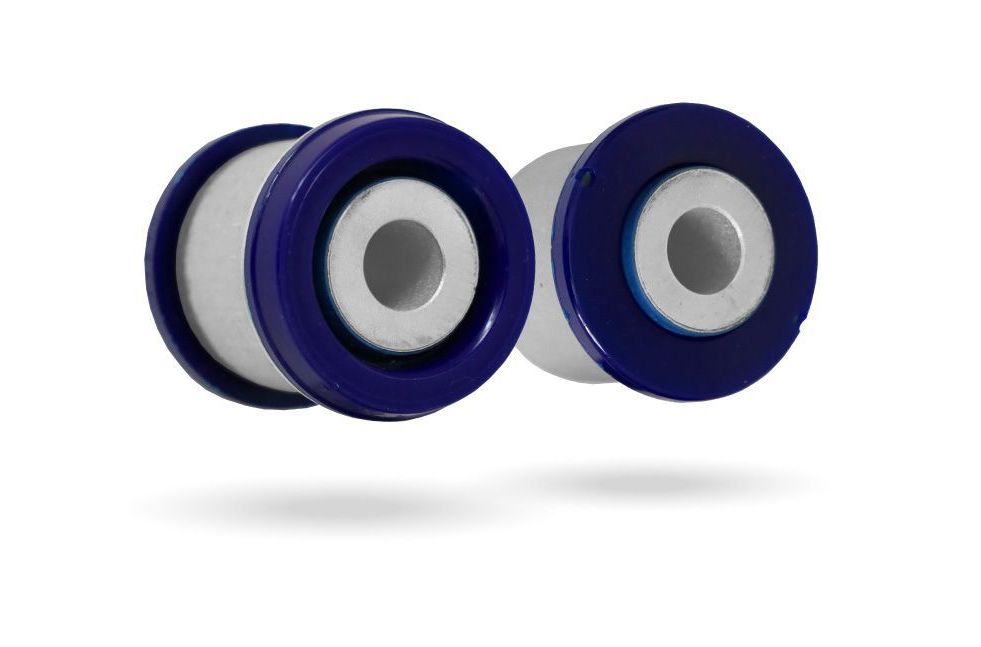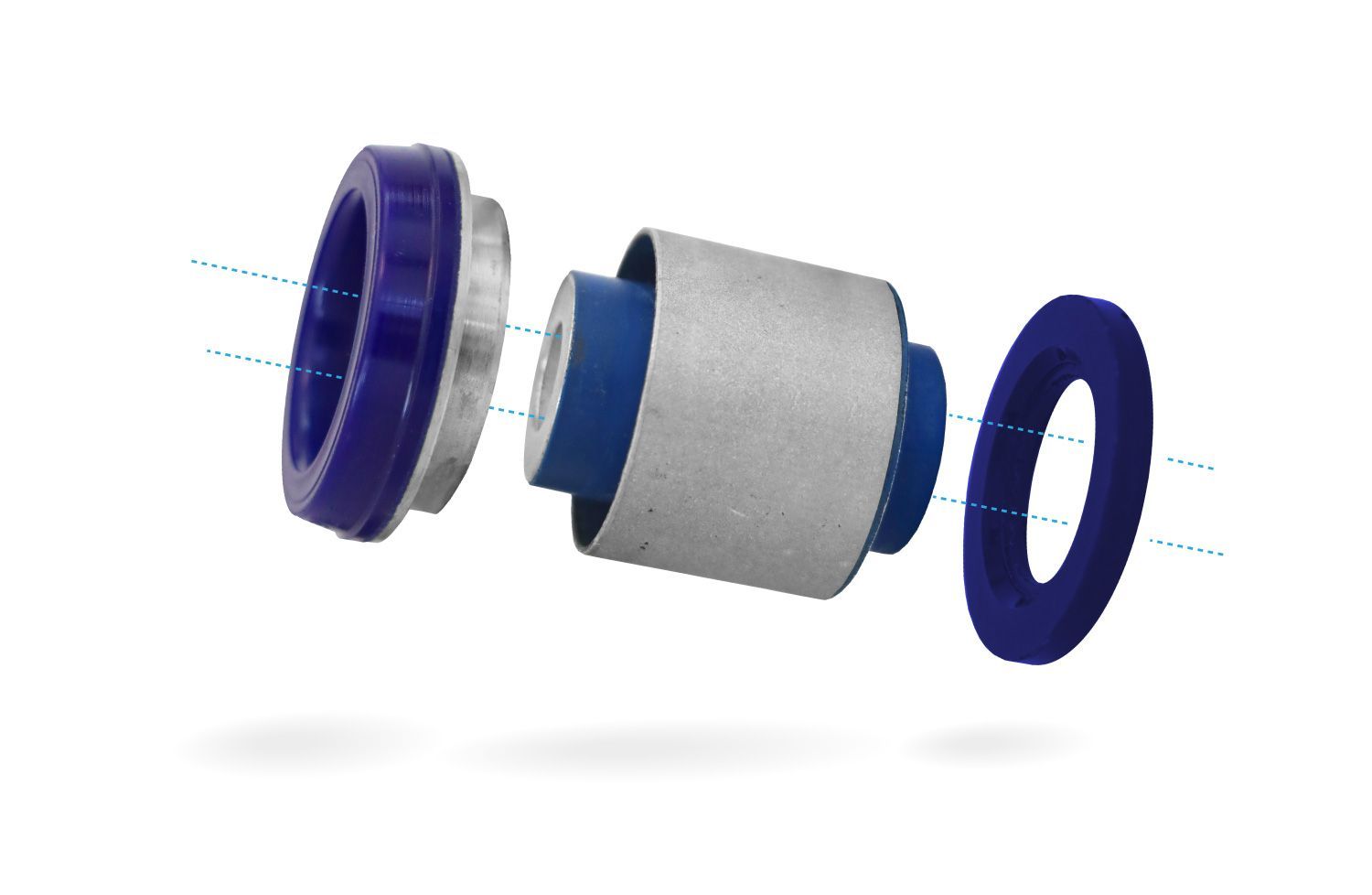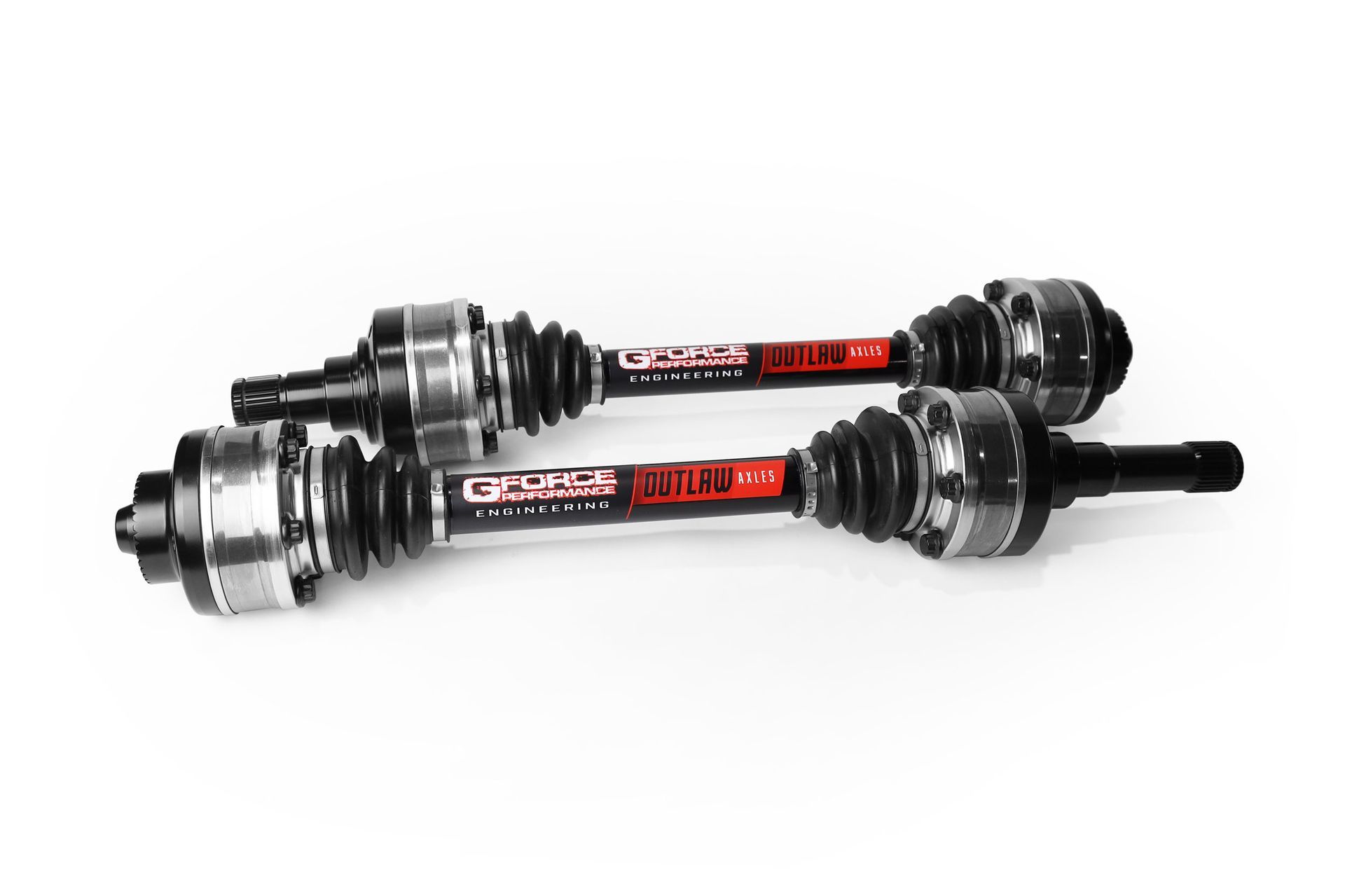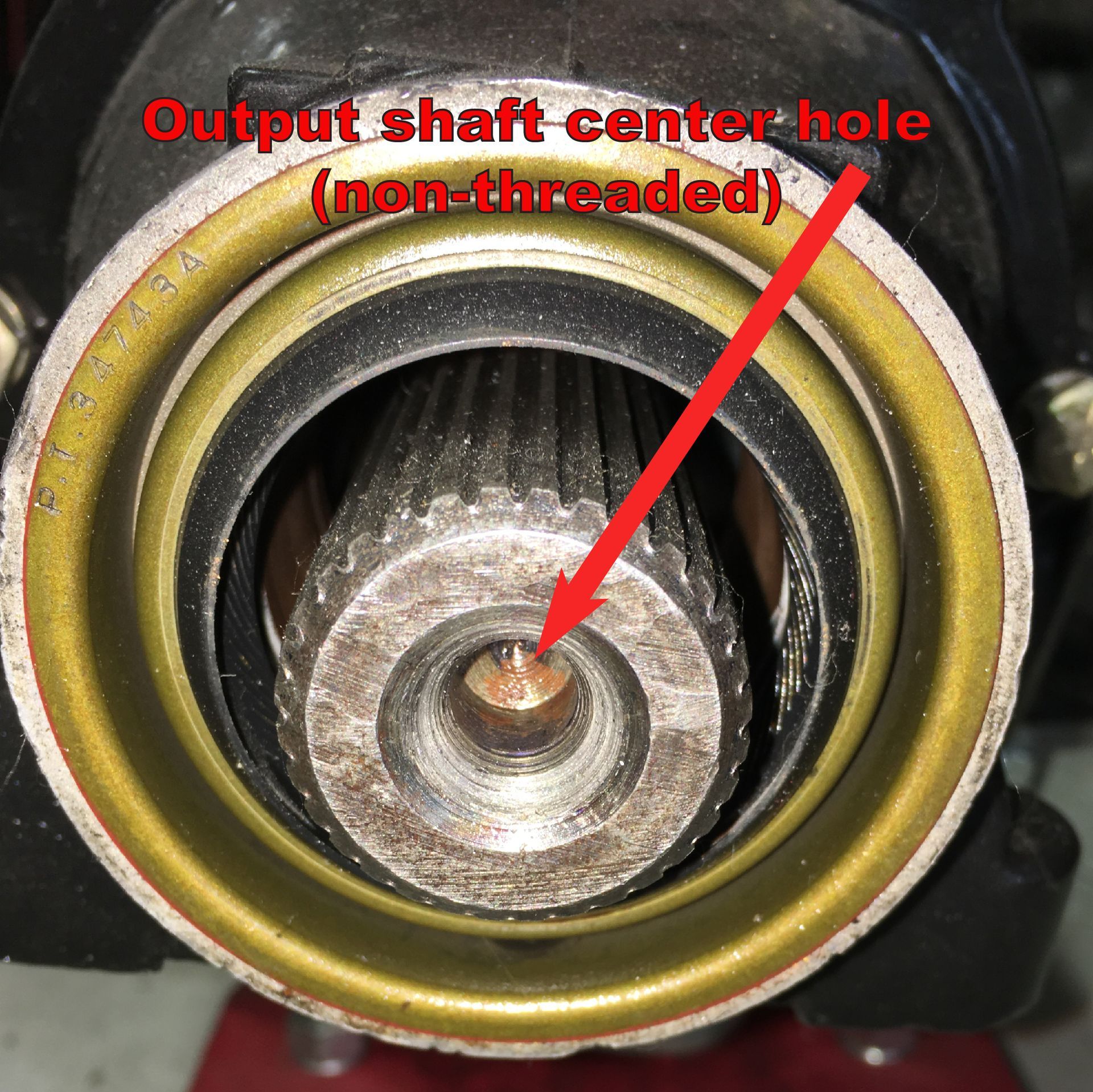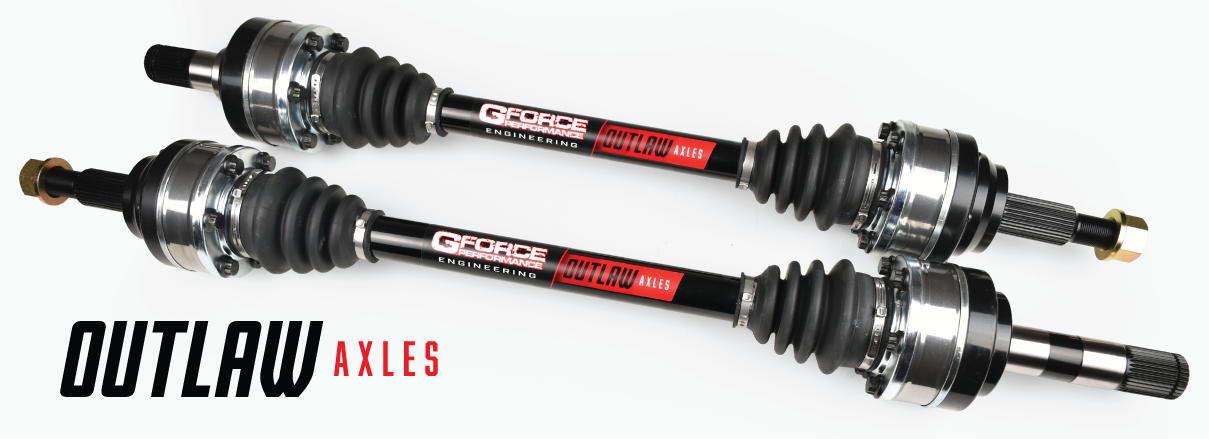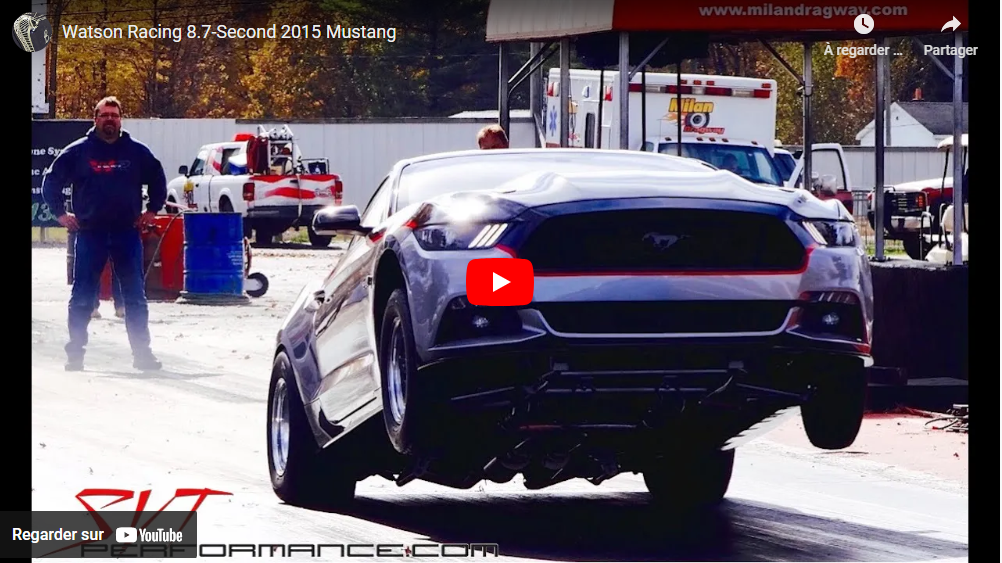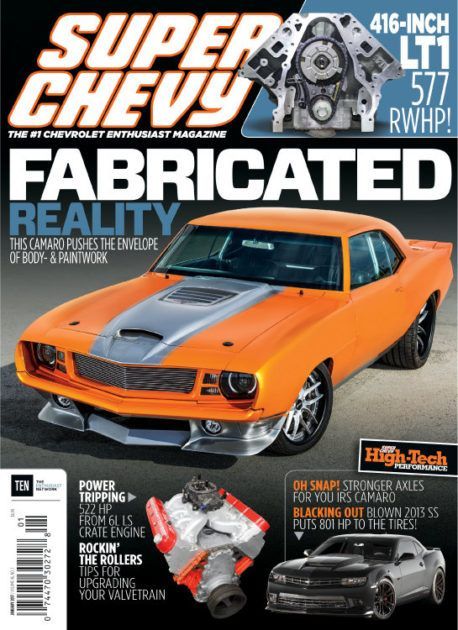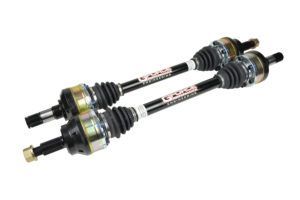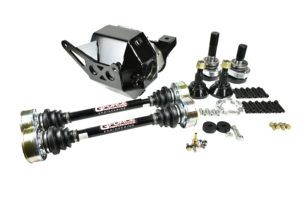
Essential Camaro Axle Maintenance Tips for Peak Performance
Key Highlights
- Routine inspection of your Chevrolet Camaro axle is vital for identifying early signs of wear and tear.
- Recognizing symptoms like clicking noises, vibrations, and grease leaks can help you prevent major damage.
- Properly checking and changing the axle fluid extends the lifespan of your vehicle’s components.
- Using the correct torque specifications during any axle repair is critical for safety and performance.
- Whether you drive a Camaro or a Tahoe, proactive axle maintenance ensures your Chevrolet remains reliable.
- Replacing worn seals and bearings is a key part of long-term axle care for your high-performance car.
Introduction
The Chevrolet Camaro is a standout among American muscle cars, delivering raw power and an exhilarating drive. To harness this strength, every component must perform optimally, especially the axle, which transmits engine power to the wheels. This guide offers essential tips for axle maintenance, ensuring your Camaro operates smoothly, enhancing safety and control while driving.
Key Steps for Camaro Rear Axle Maintenance
Proper maintenance of your Chevrolet Camaro's rear axle is crucial. Regularly inspect the axle, keep it clean, and change the fluid as needed to catch problems early and avoid costly repairs. For high-performance models like the 2SS 1LE, increased torque requires even more diligence.
Monitoring these areas ensures your axle can manage your Camaro's power. Next, we'll discuss effective inspection methods and proper axle fluid management.
Routine Inspection and Cleaning Best Practices
Regular inspections are key to maintaining your Camaro axle. If you're a DIY enthusiast, you can check it yourself with the right tools and knowledge. Start by visually inspecting the entire axle for any signs of trouble.
Keeping the axle clean makes it easier to spot issues like cracks or leaks. Focus on these areas:
- Grease Leaks: Check for grease on the inner edge of the tires, indicating a torn axle boot.
- Visible Damage: Look for cracks, dents, or marks on the axle housing and shafts.
- Unusual Noises: Listen for clicking or clunking sounds during turns or acceleration.
Frequent checks ensure your Camaro axle remains in good condition, allowing you to address problems before they escalate.
How to Check and Change Camaro Axle Fluid
Checking and changing your Camaro's axle fluid is vital for performance and longevity. Start by finding the recommended fluid type in your owner’s manual. After securely lifting the vehicle, remove the fill plug to check the fluid level. Use a dipstick or clean finger to assess its consistency and color; it should be clear with a pleasant scent.
If the fluid is dirty or low, drain it into a catch pan, removing any metal shavings. Refill with the recommended fluid and ensure the fill plug is properly torqued to prevent leaks. Regular axle fluid maintenance avoids wear and ensures smooth operation.
Recognizing Signs of Camaro Axle Wear or Damage
Spotting axle issues in your Camaro early on is crucial to preventing potentially dangerous breakdowns. Pay attention to any unusual noises, vibrations, or fluid leaks coming from the axle area. For example, clicking or popping sounds while turning could be a sign of a worn CV joint or half shaft. Additionally, if you notice increased shaking at higher speeds, this could also indicate a problem with the axles.
It's important not to overlook these warning signs, as axle failure can not only be costly to repair but also pose serious safety risks. Knowing when to change axle seals and bearings is essential for maintaining the optimal performance and safety of your vehicle. Regular maintenance and prompt attention to any signs of axle trouble can help prolong the lifespan of your Camaro and ensure a smooth driving experience.
When to Replace Seals and Bearings in Your Camaro Axle
Axle seals and bearings may be small, but they're vital for your Camaro's performance. Seals prevent gear oil leaks, while bearings reduce friction for smooth axle rotation. Replace worn components to avoid serious issues.
It's advisable to replace seals during rear axle servicing for a tight seal at minimal cost. Signs of failing seals or bearings include:
- Oil or grease leaks from wheel ends.
- Unusual noises like humming or grinding that vary with speed.
- Excessive wheel movement or "wiggle."
- Shaking or vibrations felt in the feet or steering wheel.
When replacing axle bearings, use the correct tools, like a bearing press, and follow your Camaro's specified torque settings for durable repairs.
What maintenance should be done on a 2010 Camaro 2LT?
For a 2010 Camaro 2LT, essential axle maintenance includes regular inspections for wear and tear, checking fluid levels, and replacing differential fluid as recommended. Additionally, ensure that the axle seals are intact to prevent leaks. Routine maintenance ensures optimal performance and extends the life of your vehicle.
Conclusion
Maintaining your Camaro's axle is crucial for optimal track performance. Regularly check it and change the fluid as needed. Watch for wear or issues to extend its lifespan and ensure your Camaro runs smoothly.
Follow these tips to keep your ride quick and enjoyable. For personalized advice or more tips, consider scheduling a consultation.
chevrolet Camaro axle maintenance tips Camaro axle maintenance tips Camaro axle maintenance tips
https://webappointments.pbssystems.com/4449/Appointment/Date
https://maps.app.goo.gl/yRSJr3PBjDE8o2Bu7

